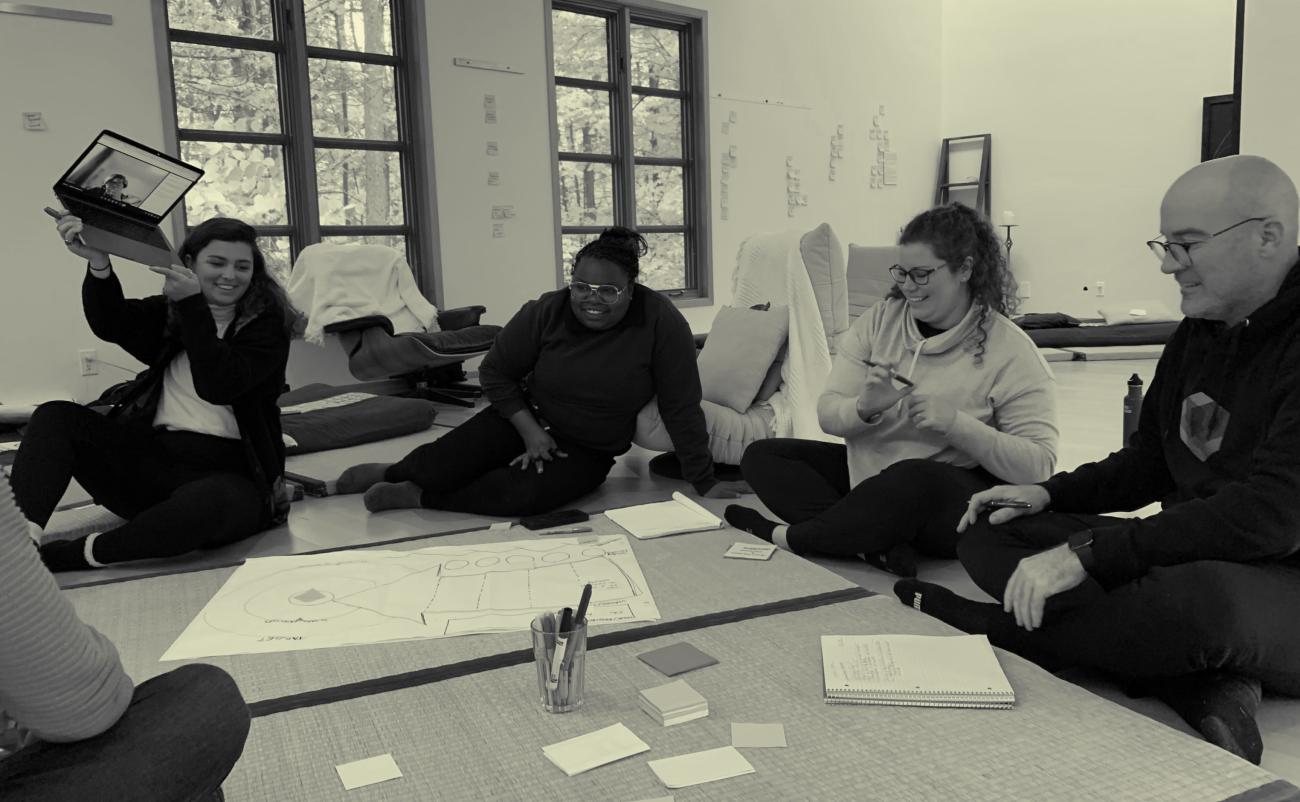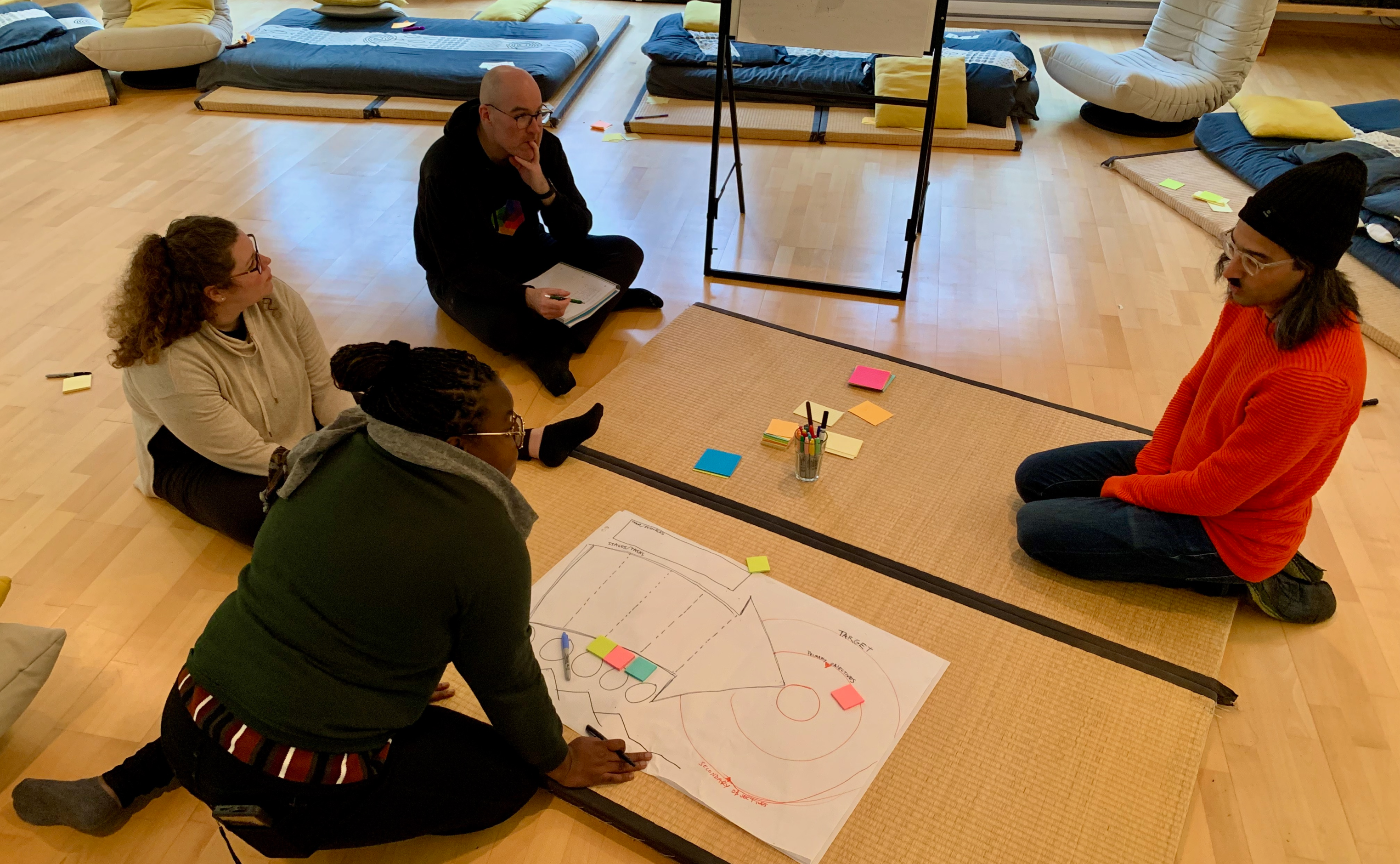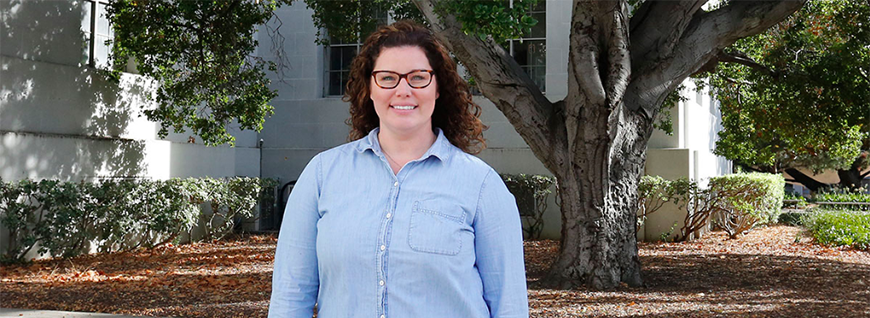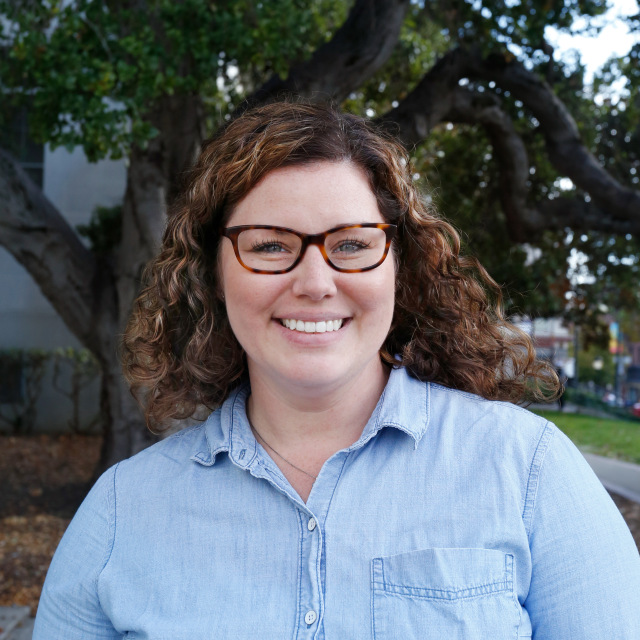
What to Expect from Digital Agency Account and Project Managers, Part 1
Share
Maybe you’ve just partnered with a web design and development agency, signed All The Things, and made your project requirements known—or are somewhere in or around that process. At some point soon, you’ll join a kick-off meeting with the team who'll make your website dreams come true, and you’ll meet two of the people at that agency who will be your most important contacts throughout your engagement: the account manager (AM) and and the project manager (PM.) These folks will manage your partnership, so understanding what AMs and PMs do—and what you should expect from them—is key to getting what you need from our relationship. In this Part 1 of 2 blog posts, I explain the AM and PM functions and the differences between them, taking you through key principles we adhere to and showing how they help us offer clients clear, unified project experiences.
What Does the Account Manager Do?
Myself and my fellow AMs build and maintain relationships between Kalamuna and people who seek our services. I’m the main point of contact between you (the client) and us, and I communicate periodically with you and the project team to ensure we all understand the big picture: you and your organization’s needs, goals, and expectations. On the day-to-day, I coordinate teams within the agency, manage your project budget, resolve problems, and report to you and my internal teams on our project’s performance. But zooming out, the real value I offer is in strategic planning: I use my bird’s-eye-view to understand your business objectives and develop plans to meet those objectives. This often involves offering insights and suggestions to shape the contours of our engagement. Throughout our work together, it is my singular goal to make sure you are delighted with our work.
What Does the Project Manager Do?
After I or another AM onboards you to our agency, the PM then plans, facilitates, and delivers the project for you. The PM becomes your regular point of contact in-the-weeds. On the day-to-day, your PM develops and manages the overarching project scope by gathering detailed requirements and clarifying goals and key performance indicators, building a shared timeline of milestones and tasks, and assigning these tasks to team members. These members might be designers, developers, strategists or other roles, as needed. PMs also manage project risk—they point out issues and create strategies to mitigate them—and assure the quality of our work. The PM is the process person who ensures our team is doing what we set out to do for you. It is the PMs singular mission to make our project run smoothly and achieve its goals.

What Can You Expect From Us?
We’re all about successful outcomes. To get to those, we’ve found it helpful to adhere to certain guiding principles that we Kalamuna AMs and PMs developed together over a span of months-long workshops. We look towards these principles to support each other’s roles and consistently provide a unified experience for our clients and our team members. Now, I’ll show you what these principles are and, more importantly, how they translate into the day-to-day interactions you as a client should expect from us and, we’re hoping, any other creative agency you work with.
1. Transparency
We share facts and impressions, and are accountable to you—and each other—for doing so.
For any project, sharing facts and impressions is crucial to you, as a client, and to us, internally, if everyone’s to have a smooth ride. The AM exists to listen, translate your needs, and ensure the relevant people within our agency understand your requests. The PM ensures the project team understands the requests from a production point of view and translates them into plans and tasks. Between ourselves, we exchange information that creates clarity between the AM and PM team; we also maintain an awareness of how transparency (or lack thereof) impacts others. When things aren’t clear, ambiguities emerge, and these can make a project go south.
What transparency looks like at Kalamuna IRL
Recently, in the middle of re-theming a site for a client, one of our main design tools stopped working for all of its users in the US. The (rare) service interruption was temporary, but between causing us to lose time working and forcing us to revert to previous versions of our work, it put us significantly behind where we’d planned to be in our project timeline. Because we use JIRA to track project statuses and because our clients always have access to their project’s JIRA board, our client product owner became aware of the delay the day it began. We were also able to reach out in real-time via our shared Slack channel. As it was happening, the PM knew she would communicate directly with the product owner about reassessing our milestones, and when she did, the product owner had already thought it through and reset expectations with her executive team. The PM-client conversation was thus mostly about agreeing on a new milestone.
We don’t hold a wall between ourselves and our clients. We’re all on one team. By leading with transparency, we can ensure all parties involved have the information they need to succeed.
2. Honesty
We are genuine, brave and vulnerable. We ask for help, clarification or guidance in the face of uncertainty.
When we start a new project, we hold an internal kickoff meeting in which all team members involved share their thoughts and ensure expectations are clear. This introductory meeting, led with curiosity and inquiry into the client's situation, creates a space for a trusting team environment, and there should be no secret about what the client values and what it will take to provide the highest level of service. We then widen this circle of trust to include the client. Authenticity becomes the undercurrent influencing the path.
What honesty looks like at Kalamuna IRL
Always being genuine isn’t easy. We had a client join us this past year whose initial contract identified a completion deadline, which we arrived at with facts from the client and in consultation with the project’s PM. But after more discovery and planning with the PM a month later, we found our agreed-upon deadline impossible to meet. I felt reluctant to share this with the client, but I had to be upfront with her about the blockers we discovered, and that we’d need more time to fulfill what we promised to do. So, I had a real-talk-only call with the client in which I spilled the beans. I also shared with her a few ways we might reshape the project to shorten the lag time and get us closer to her original deadline. She wasn’t thrilled, but she acknowledged the facts, and that our conversation had been necessary in order for us to align on how the project would move forward. She appreciated my candor, and as we continue to work together, she knows that she’s always going to hear things straight from me. While candidly delivering less-than-stellar news sometimes doesn’t feel great at the time, it deepens the relationship and typically produces better results. It’s easy to shy away and avoid difficult conversations, but doing so doesn’t result in positive outcomes for anyone.
3. Understanding
We look for a deeper meaning.
“Transparency” and “honesty” get a lot of lip service from companies, and so does “understanding.” But this word has a distinct meaning that we as account and project managers carry and use in our day-to-day interactions: people communicate, but that communication, for infinite reasons, doesn’t always convey one’s overarching intent or end goal. Recognizing this, it’s our job to interpret (using all context and ways of getting information to do so) to arrive at a shared meaning—and translate that into mutually-agreed upon action.
When I start working with a client, I always ask, “what’s on your wishlist?” I know that this question will almost always produce some pie-in-the-sky desires that we may not realistically be able to fulfill. But asking this question gives me greater insight into someone’s aspirations for their company and helps me inhabit that person’s mental landscape. It’s with this context that I can locate meaning and get a better idea of where to focus our efforts.
What understanding looks like at Kalamuna IRL
We recently had a web support client who, in response to “what’s on your wishlist,” said that he wanted his customers to “be completely integrated with what we do.” (A tall order and a bit vague, but it gave me a clue as to what we should keep in mind as we worked together.) He also kept saying he wanted a homepage “with updates on what’s happening.” After a few conversations in which he communicated this desire in different ways without concrete references (“you know, the page shows you what we’re doing.” “Ok, doing what? Typing? Having meetings?”) I realized that I needed a visual example from him that I was never going to get. So, keeping in mind “updates,” and his wishlist request, I worked with our PM to quickly sketch a few homepage wireframes modeled on sites that “update” users in real time. When I showed these to the client, we were able to tease out what he had in mind—”not this, that, a little like this, but different.” Our design team eventually built out one of these wireframes and the client said “oh yes, that’s it.” That wireframe then helped the PM and project team to create tasks that comprised the larger project. In this case, I couldn’t just listen to the client and act; I couldn’t interpret his ideas as actionable, and that was OK. It was my job to proactively try to understand him and, with that understanding attained and agreed on, get our team moving. We are experts in web design and development; you, as our client, are an expert on your organization and your users. You should expect us to try to meet you more than half way when it comes to grasping your intent and translating this into plans, projects, tasks, etc. that fall under our expertise.
4. Collaboration
We leverage others’ expertise and stay mindful of others’ challenges and work patterns.
Collaboration at Kalamuna paves the way for an effective project—no one person goes it alone, nor can one person single-handedly make a project succeed. Not only do we need each other, but the best part of working on a team is soaking in the unique perspective each member brings. We foster collaboration by acknowledging and leveraging each other’s expertise and staying attuned to one another’s work-styles. As an AM, I expect the team to leverage my expertise in communicating client goals, finding space to work together (sometimes asynchronously,) and creating a rhythm that allows the project to flow. The team leverages PM’s expertise in resourcing people and collaboration technologies, managing everyone’s time, and in removing blockers to project success.
A lot of collaboration between AMs and PMs is baked into our process in the form of regular reviews, check-ins, presentations, etc. But some of it we shape by learning what everyone’s good at, and learning what people don’t like to do, or aren’t so good at. We extend this kind of attention to our clients, too, and refine our interactions as we get to know one another.
What collaboration looks like at Kalamuna IRL
One of my PM partners is particularly strong in analytics, planning and budgeting. Depending on who I’m working with, I might do some of these things, but Alana is exceptional at these things, and she likes to do them. So when we collaborate, she does them. Similarly, she knows that I really enjoy getting to know folks on the client side, proactively imagining the larger shape of projects, and surfacing blue sky ideas. So, she lets me do that. She also knows I don’t like 8:00am meetings, so she doesn’t book me then. We respect each other’s strong suits and take up any slack when necessary.
What it all ladders up to
Before many of us were technologists, designers, and business leaders, we spent much of our time working on causes that mattered to us. At Kalamuna, we still do that, but we do it in a way that puts our skills in the service of mission-driven organizations. Much of the reason we work with you, our clients, is because we want to help like-minded people. Consider this blog series a primer for how we can better help you, get to know you, and help further your mission. Look out for Part 2 of this series, where I’ll talk about ideas that help us adapt to quickly-changing conditions, how we work together to provide you the best work, and what else to expect from your account and project managers.
Connect with Kalamuna on LinkedIn, Instagram, Facebook, Blue Sky, and Mastodon.







